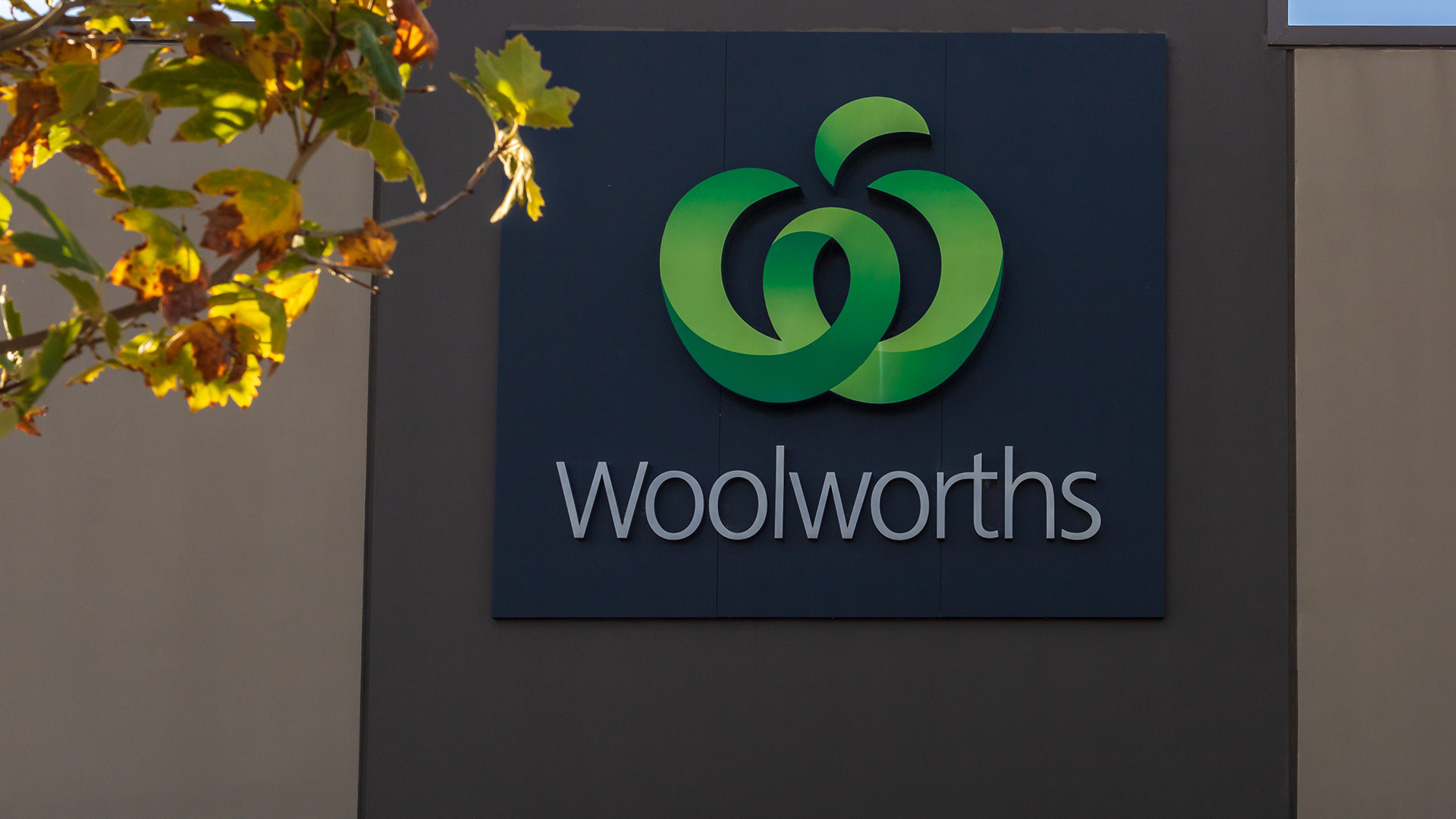
Australia’s biggest company, BHP Billiton says it had a "solid" production performance in 2008-09, despite "significant demand contraction" in a weak global economy.
The company said yesterday it recorded annual production records in three commodities, and in several operating divisions.
As well it said the fourth quarter saw production rise for 12 "major commodities", including metallurgical coal, petroleum, copper and energy coal as the steadying in the global economy became more evident, and China’s economy rebounded.
But it’s clear the world’s biggest mining company is heading for a large profit drop for the 2009 financial year.
The profit is expected to fall, from a record $US15.39 billion in 2008 to less than $US10 billion ($12 billion).
Investors shrugged that off (it’s supposed to be all ‘in the price’ as analysts say). The shares rose to $36.90, up 71 cents on the day.
In the half year to December the company lifted underlying earnings (by 23%-25%, depending on the measure), but after one off items, profits fell by around 23%. Revenue was up more than 16%.
"Underlying EBIT increased by 23.7 per cent over the corresponding period to $US11.9 billion, with a healthy Underlying EBIT margin of 45.6 per cent.
"Attributable profit and profit from operations fell 56.5 per cent and 23.8 per cent respectively, as a result of a number of exceptional items, the majority of which are non-cash. These items include the indefinite suspension of Ravensthorpe (Australia), costs relating to the Rio Tinto offers, impairment of assets and increased rehabilitation provisions for Newcastle steelworks (Australia)," BHP said in the February interim profit statement.
That was after underlying EBIT increased by 21.0% to $US24.3 billion in the June 30 year and the attributable profit rose 12.4% to $US15.4 billion, the company said in the 2008 final almost a year ago.
That was the seventh record profit in a row, no hope of topping that this year, and next.
But the fact that there was a recovery in the 4th quarter, when global metal prices rose, as did oil (up around 30%-40% in the quarter), will mean the final profit isn’t as bad as it was looking like at the end of last December quarter and the March 2009 quarter.
The company’s petroleum business said fourth-quarter output reached a record, thanks to new fields coming on line.
That has helped the company lift returns and take advantage from the rise in world oil prices in the quarter.
Production rose 4% from the last quarter of 2008 (when prices though were much, much higher) to 37.56 million barrels of oil equivalent.
BHP achieved first production in the 12 months ended June at the Neptune, Shenzi and Atlantis North projects in the US Gulf of Mexico, and from the North West Shelf LNG venture’s fifth production train, plus the Angel field in Australia.
Production for the full year rose 6% to a record 137.19 million barrels of oil equivalent.
New York oil prices have climbed more than 90% since touching $US33.55 a barrel in early February, according to Bloomberg.
The company’s iron ore and coal businesses will be facing much lower returns thanks to the cuts in prices from April 1, and lower contracted sales in China. But the impact of the price cuts won’t really be felt until this financial year.
Iron ore production was up 2% for the year, but was down 10% in the June quarter (compared with the same quarter in 2008) and 4% down on the March quarter 2009.
Iron ore production for the year was 114.415 million tonnes and 27.048 million tonnes in the June quarter. Rio Tinto did better with higher output in the June quarter, according to its quarterly production report last week.
Output of metallurgical coal, used in steel-making, rose 4% in the June quarter on the previous year.
"The 2009 financial year proved to be very challenging, with significant demand contraction exacerbated by dramatic movements in inventory levels," the company said in yesterday’s statement.
"In the short term, we believe underlying demand trends are still being masked by de-stock and stocking activities across the value chain," BHP Billiton said.
"China inventory build is essentially complete, while we are now seeing evidence that restocking has commenced in North America, Europe and Japan.
"However, commodity prices will be influenced by supply responses due to latent capacity currently existing in the industry.
"BHP Billiton remains well positioned in a modest demand environment, with high margin businesses and a strong balance sheet that allows us to invest for the future and return funds to shareholders."
In base metals, production was lower for the year in all but zinc. Copper was 12% lower, lead down 9%, silver 5% lower, and uranium oxide 3% down.
All showed solid rises from June quarter to June quarter, apart from copper, with was 21% lower, but all base metals showed solid rises on the March quarter.
"In the context of this environment, BHP Billiton achieved a solid operational performance, despite making production adjustments across a range of commodities, including metallurgical coal, nickel and manganese."













